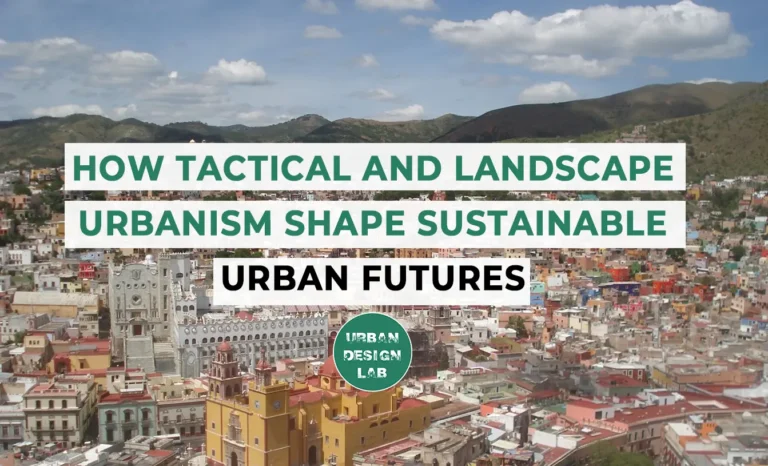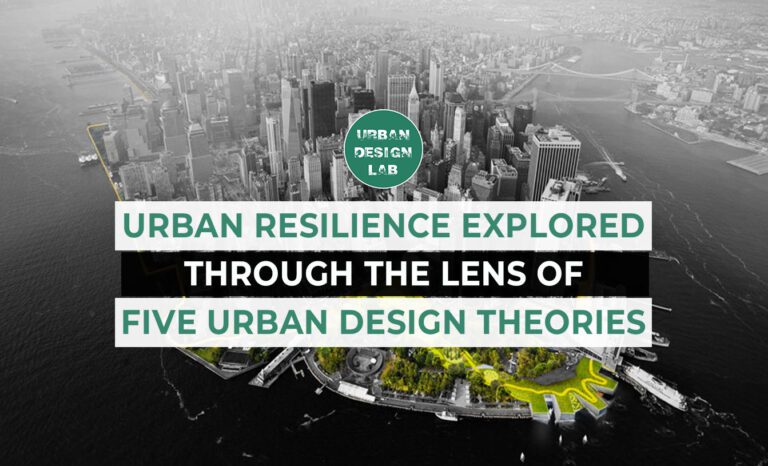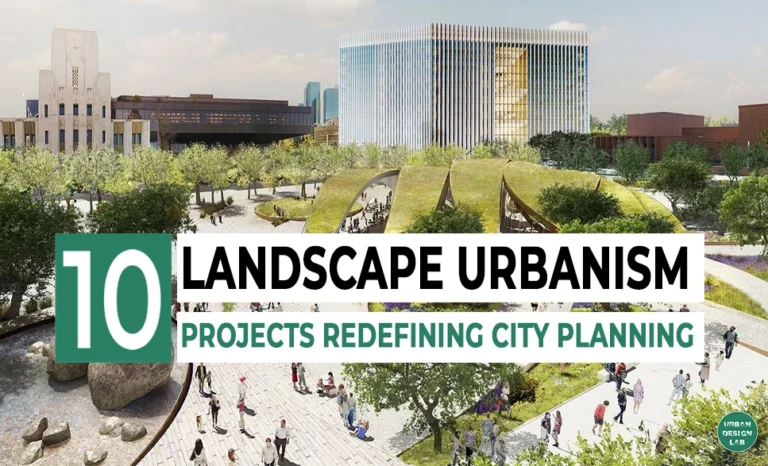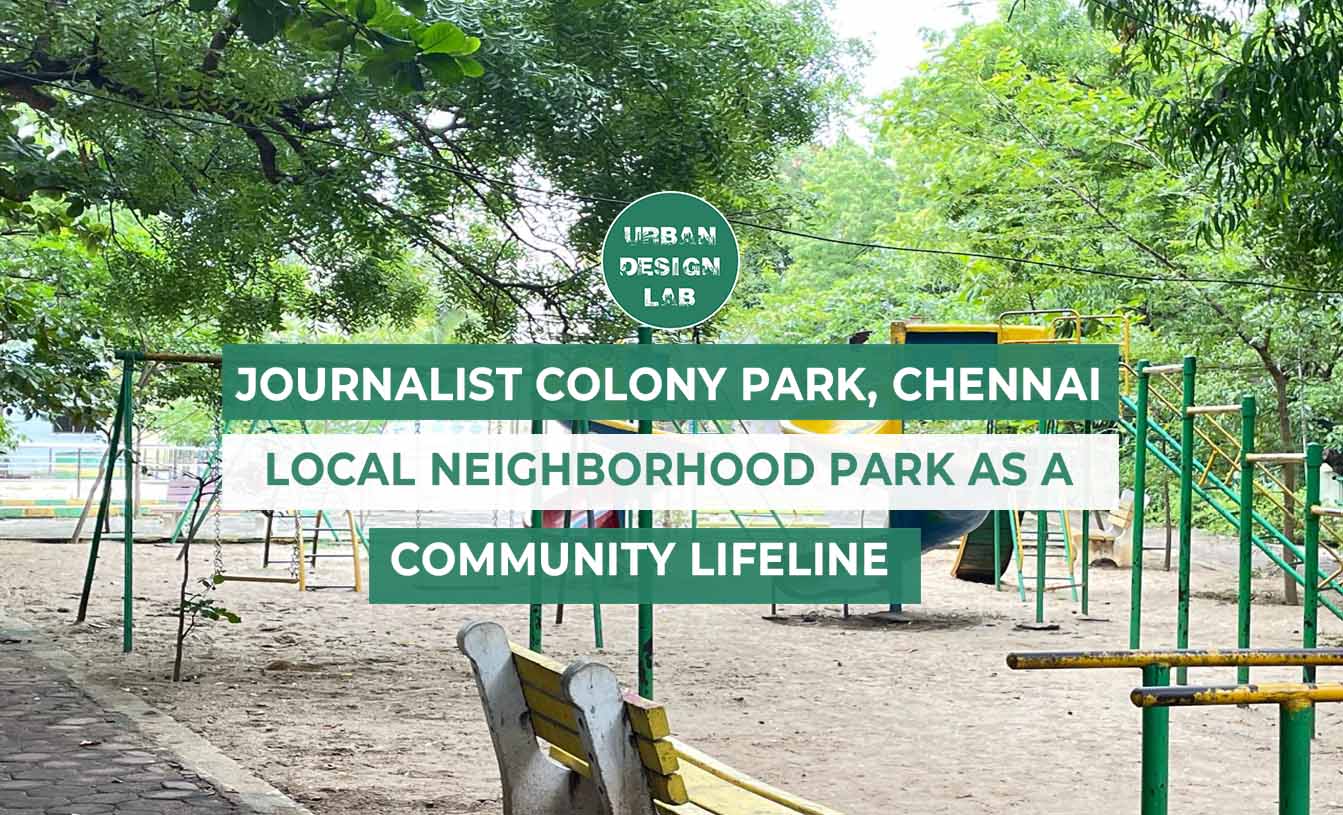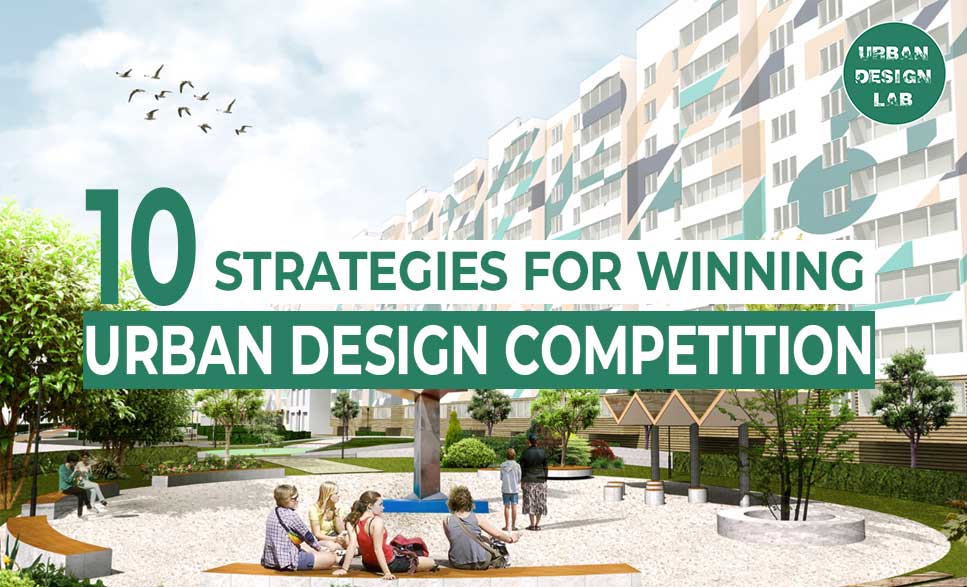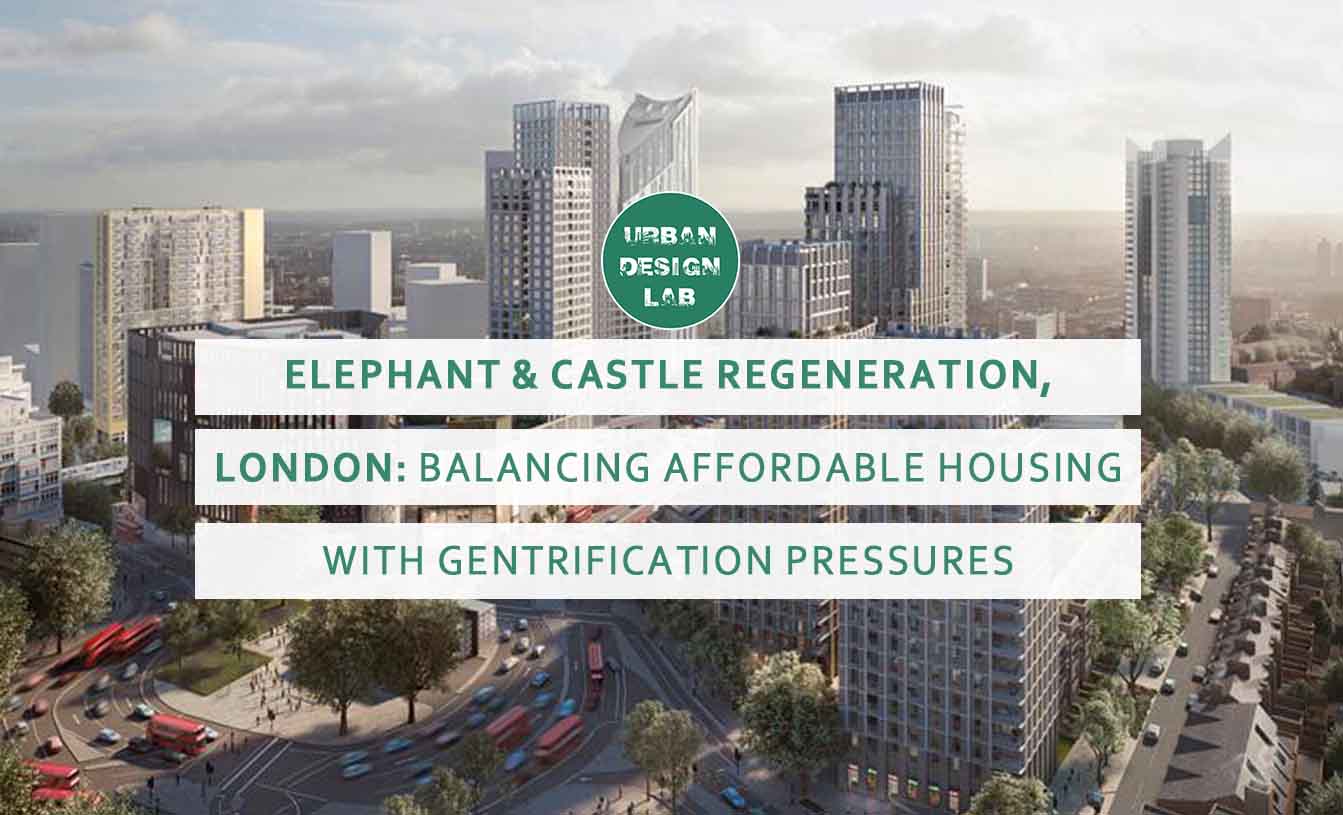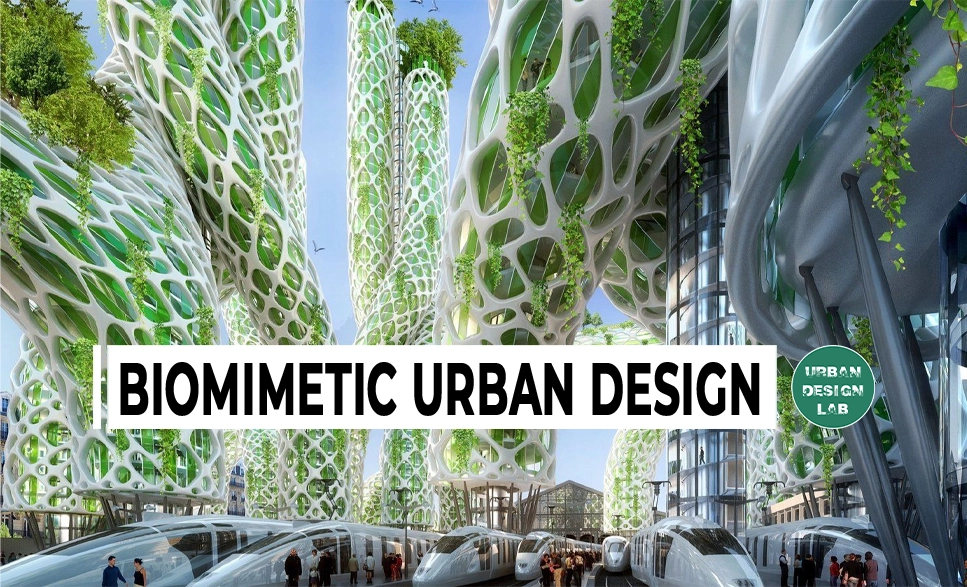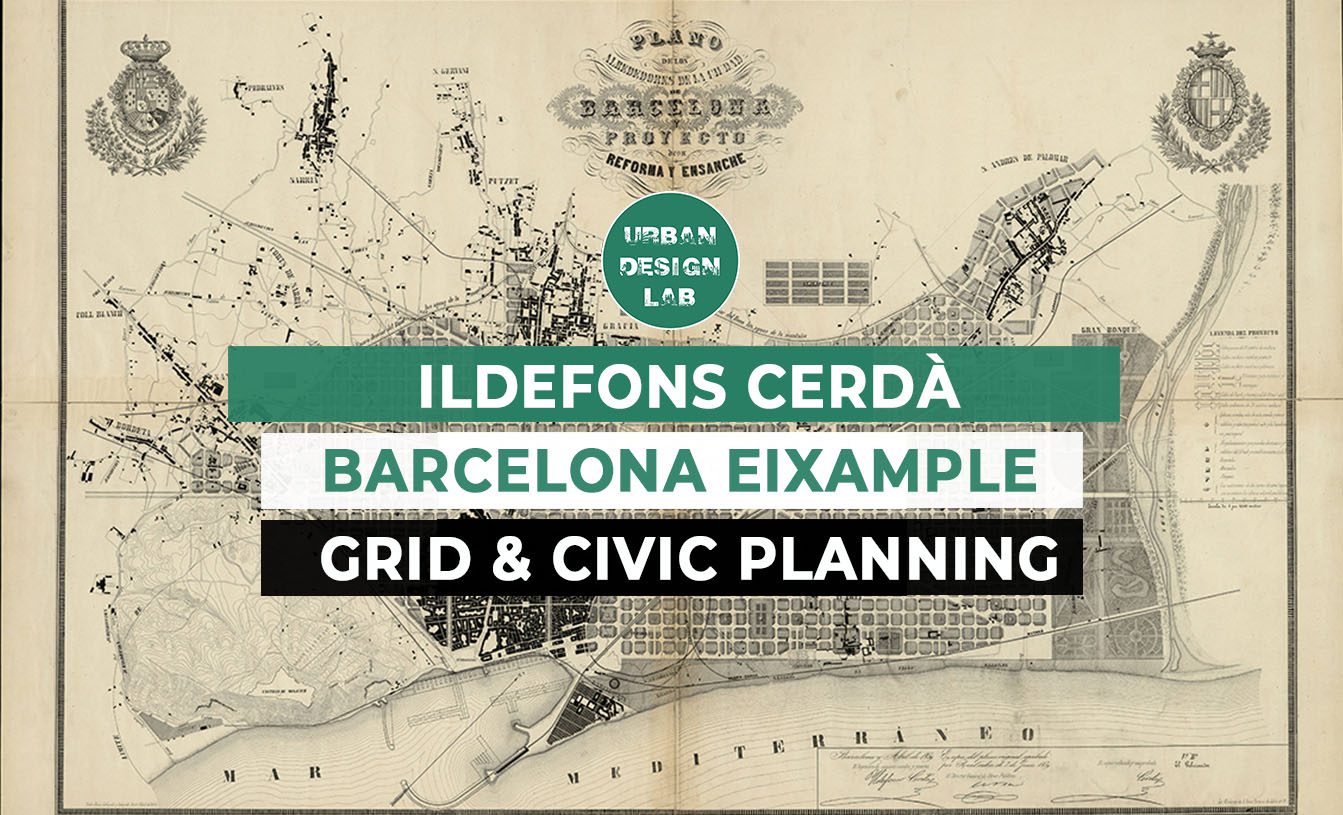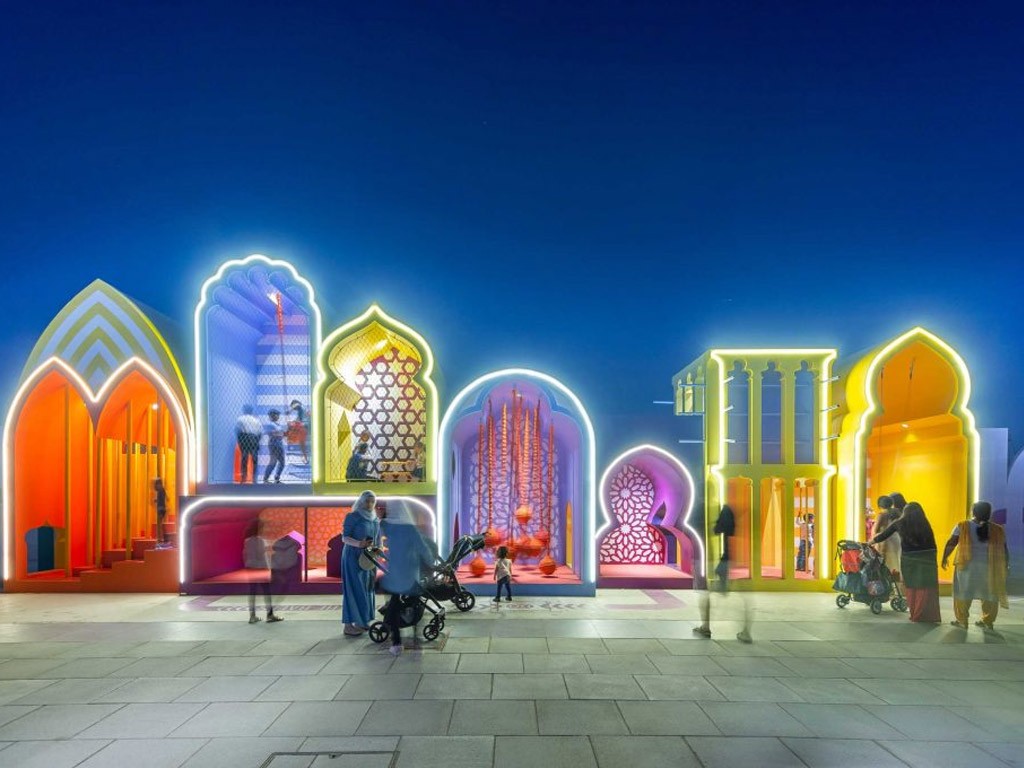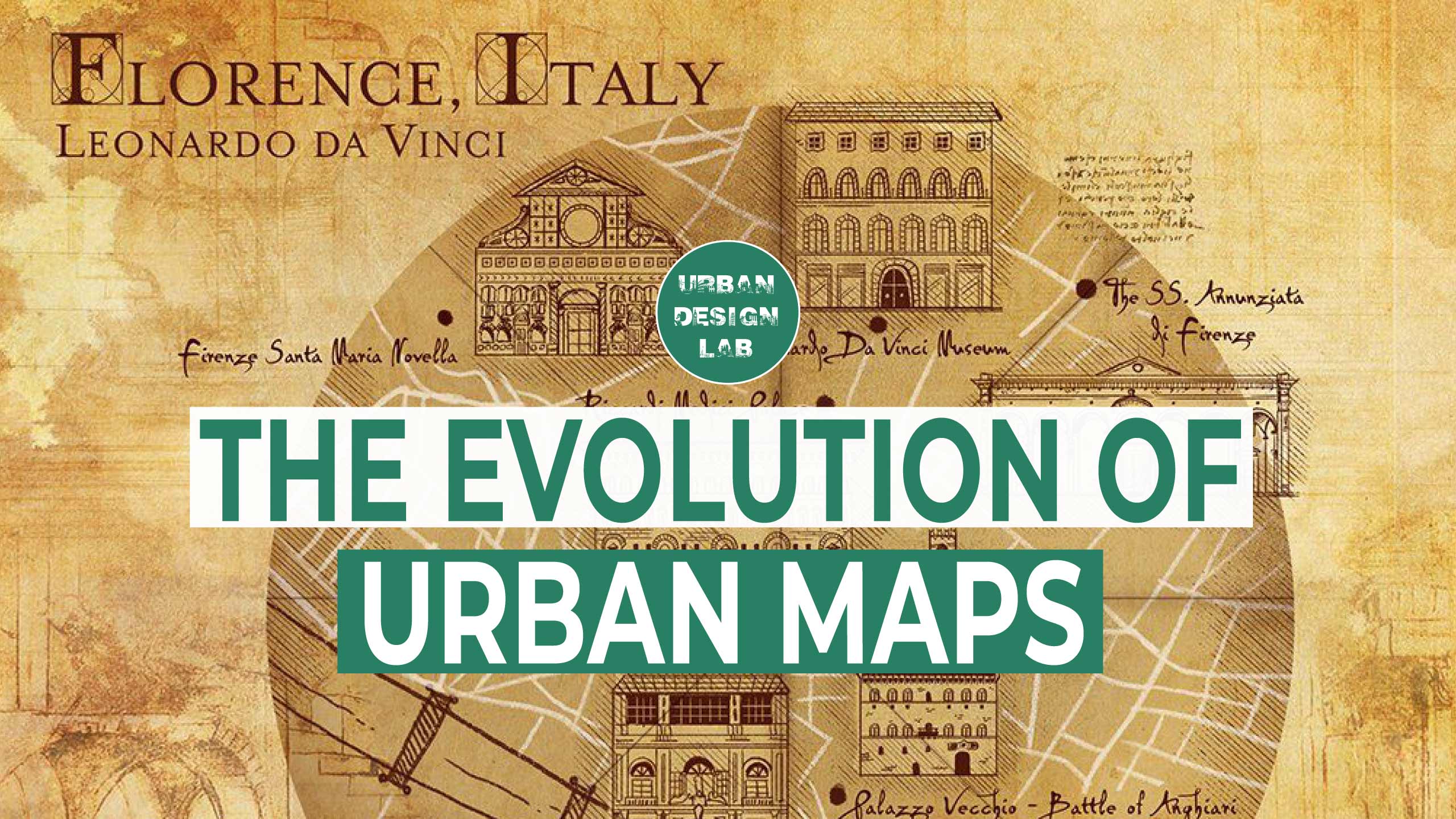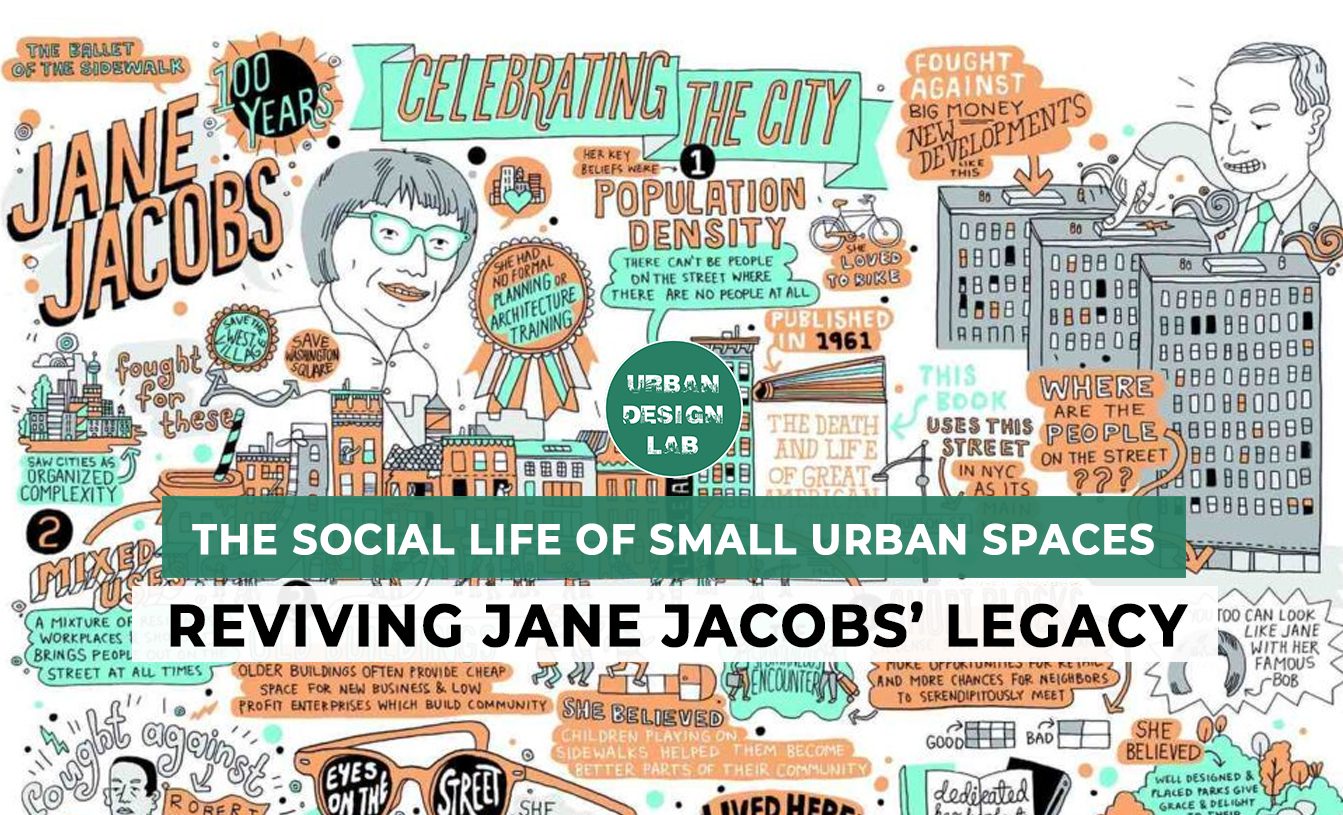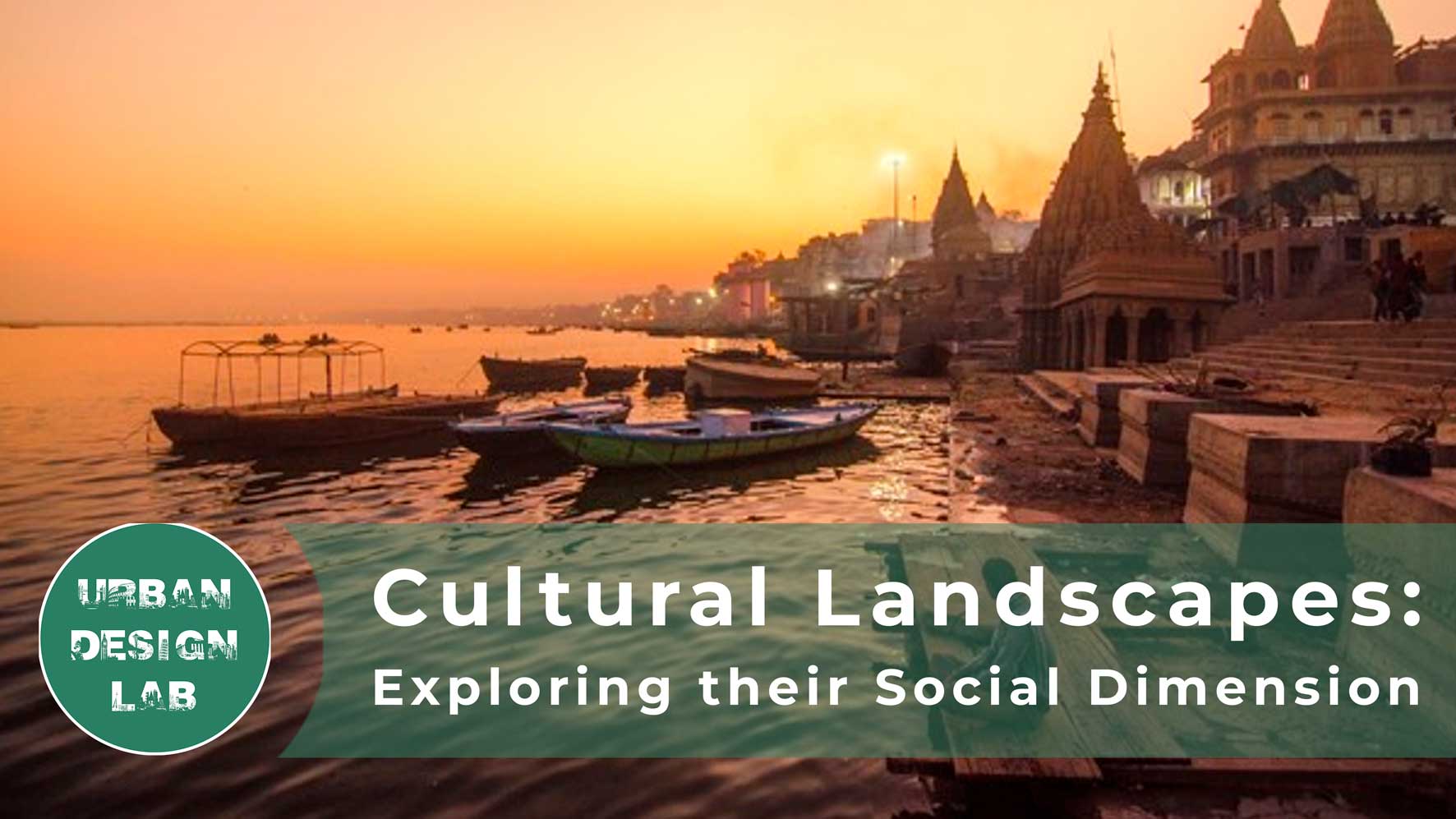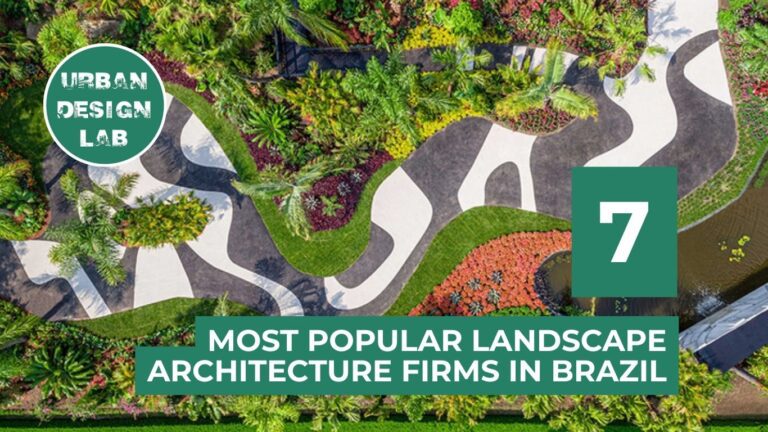
50 Best Thesis Topics for Landscape Architecture
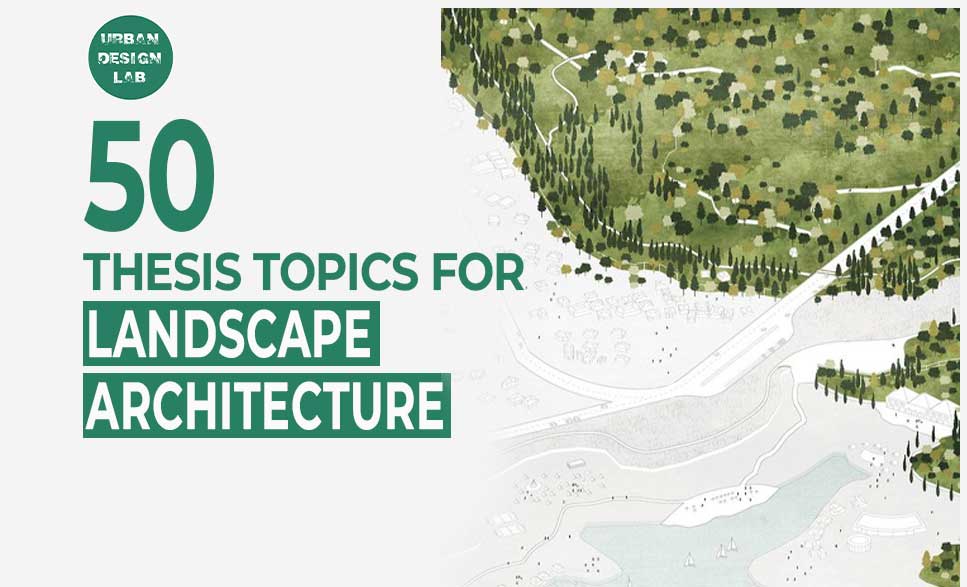
Landscape architecture is a multi-disciplinary field that focuses on the design, planning, and management of the built and natural environments. Landscape architects work to create functional and aesthetically pleasing outdoor spaces that are sustainable and improve the quality of life for people. This field encompasses a wide range of projects, from designing residential gardens to planning public parks and green spaces, creating urban plazas and promenades, and developing environmental restoration projects.
Landscape architects collaborate with other professionals, including architects, engineers, planners, and urban designers, to ensure that their designs are functional, sustainable, and integrate well with the surrounding environment. They also work closely with clients and stakeholders to understand their needs and desires, and to ensure that the final design meets their goals and expectations.
Masters of Landscape Architecture:
A Master of Landscape Architecture (MLA) is a graduate degree program in landscape architecture. It is designed for students who have a strong interest in the design, planning, and management of outdoor spaces and the built environment. The program provides advanced training in design, ecology, planning, history, and theory, as well as hands-on experience working on real-world design projects.
The MLA curriculum typically covers a wide range of topics, including landscape design and analysis, urban design, site planning, ecology, construction and materials, and sustainable design. Students also have the opportunity to specialize in areas such as urban design, park planning, or environmental restoration.
Graduates of an MLA program are prepared to work in a variety of settings, including private design firms, government agencies, non-profit organizations, and academic institutions. They may also pursue careers as independent consultants, providing design and planning services to clients in both the public and private sectors.
The MLA degree typically takes two years of full-time study to complete, although some programs may offer part-time or online options for working professionals.
Masters of Landscape Architecture Thesis:
The Master of Landscape Architecture (MLA) thesis is a final project required for graduation from a MLA program. It is an opportunity for students to demonstrate their knowledge and skills in landscape architecture, as well as to pursue a topic of personal interest in greater depth. The MLA thesis is usually completed in the final year of study and is a requirement for graduation.
The MLA thesis typically involves a substantial research and design project, which can take many forms, including a design proposal for a real-world site, an analysis of a landscape architecture issue, or a theoretical investigation of a design-related topic. The project should demonstrate the student’s mastery of the knowledge and skills acquired during the MLA program, as well as their ability to conduct independent research and design work.
Landscape Architecture Thesis Topics List:
- An analysis of the role of landscape design in promoting sustainability and green infrastructure.
- Evaluating the effectiveness of landscape design in mitigating the impacts of climate change.
- The impact of landscape design on water management and conservation.
- An analysis of the integration of landscape design with building design and architecture.
- The role of landscape design in promoting social equity and access to public spaces.
- Evaluating the impact of landscape design on urban biodiversity and wildlife habitats.
- The integration of landscape design in transportation planning and infrastructure development.
- An analysis of the role of landscape design in promoting public health and well-being.
- The impact of landscape design on local food systems and agriculture.
- Evaluating the effectiveness of landscape design in promoting energy efficiency and renewable energy.
- The integration of landscape design in coastal and waterfront management and planning.
- An analysis of the role of landscape design in supporting sustainable tourism and recreation.
- The impact of landscape design on air quality and environmental health.
- Evaluating the effectiveness of landscape design in promoting cultural and historic preservation.
- The integration of landscape design in brownfield and contaminated site remediation.
- An analysis of the role of landscape design in promoting community engagement and participation.
- The impact of landscape design on economic development and job creation.
- Evaluating the effectiveness of landscape design in promoting walkability and livability.
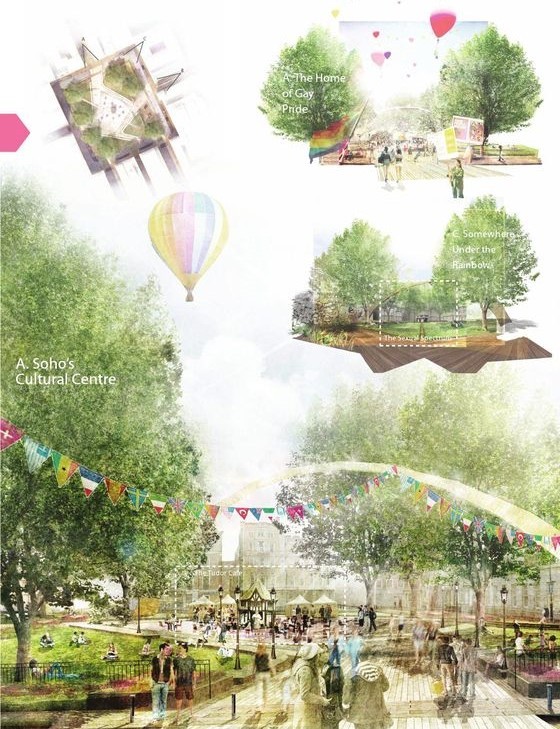
- Evaluating the effectiveness of landscape design in promoting natural resource conservation and stewardship.
- The integration of landscape design in sustainable land use planning and management.
- An analysis of the role of landscape design in promoting community health and wellness.
- An analysis of the integration of landscape urbanism principles in urban design and development.
- Evaluating the impact of landscape urbanism on sustainable urbanism and green infrastructure.
- The role of landscape urbanism in promoting social equity and access to green spaces in urban areas.
- An examination of the integration of landscape urbanism in transportation planning and infrastructure development.
- The impact of landscape urbanism on biodiversity and wildlife habitat conservation in urban areas.
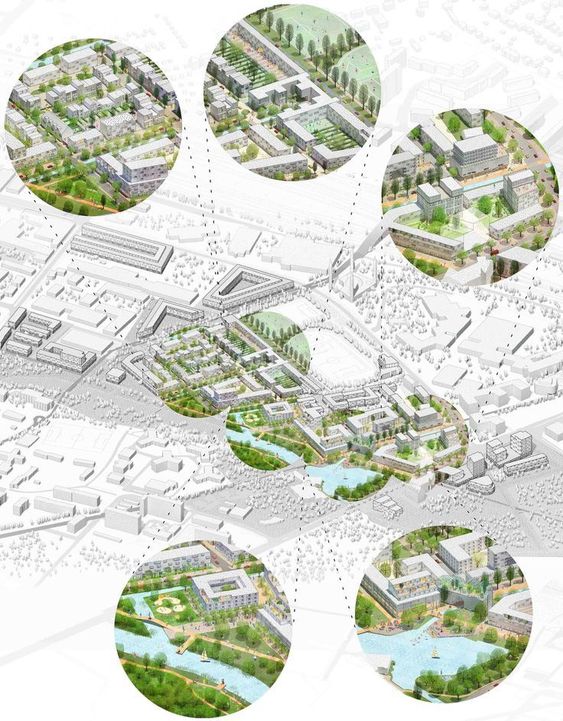
- An analysis of the role of landscape design in promoting accessibility and universal design.
- The impact of landscape design on reducing greenhouse gas emissions and mitigating climate change.
- Evaluating the effectiveness of landscape design in promoting biodiversity and ecosystem health.
- The integration of landscape design in urban agriculture and local food systems.
- An analysis of the role of landscape design in promoting green roofs and living walls.
- The impact of landscape design on reducing urban runoff and water pollution.
- Evaluating the effectiveness of landscape design in promoting social and cultural diversity.
- The integration of landscape design in wetlands and riparian management and conservation.
- An analysis of the role of landscape design in promoting community green spaces and urban forests.
- The impact of landscape design on reducing energy consumption and reducing energy costs.
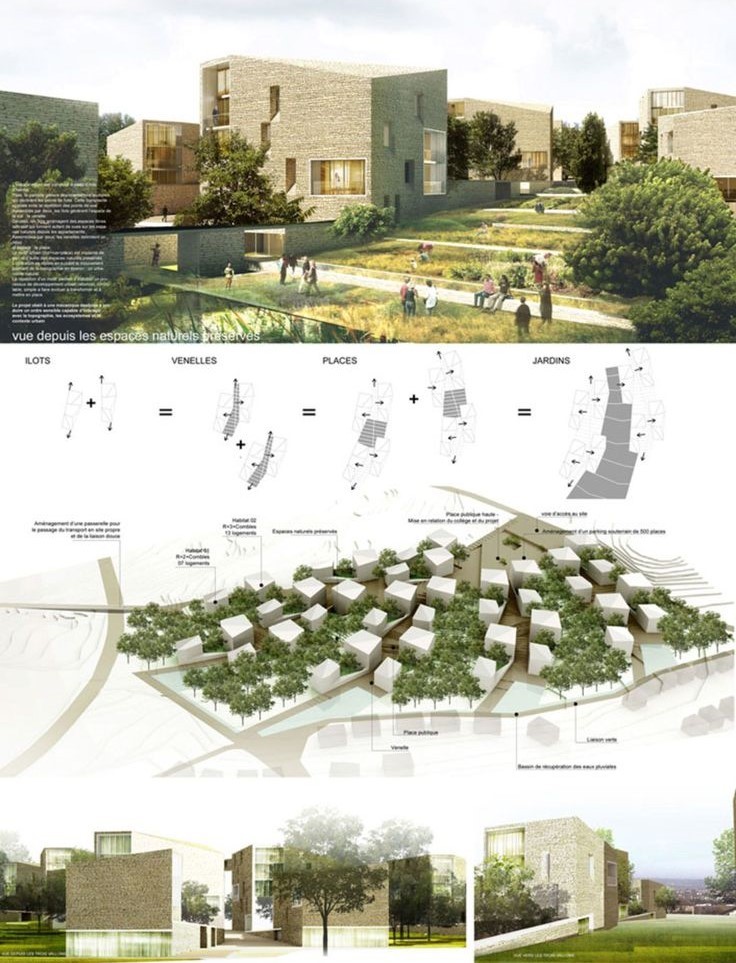
The integration of landscape design in stormwater management and flood control.
An analysis of the role of landscape design in promoting renewable energy and alternative fuels.
The impact of landscape design on crime reduction and public safety.
Evaluating the effectiveness of landscape design in promoting social interaction and community building.
The integration of landscape design in parks and open space planning and management.
An analysis of the role of landscape design in promoting wildlife habitat connectivity.
The impact of landscape design on natural resource conservation and management.
Evaluating the effectiveness of landscape design in promoting water conservation and reuse.
The integration of landscape design in green infrastructure and low impact development.
An analysis of the role of landscape design in promoting cultural and historic awareness.
The impact of landscape design on reducing urban heat island effects.
Evaluating the effectiveness of landscape design in promoting sustainable transportation and mobility.
The integration of landscape design in emergency management and disaster resilience.
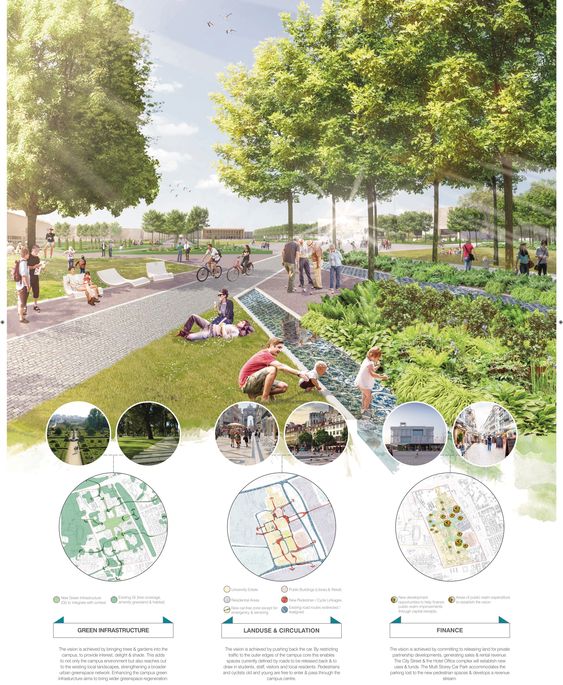

Urban Design Lab
About the Author
This is the admin account of Urban Design Lab. This account publishes articles written by team members, contributions from guest writers, and other occasional submissions. Please feel free to contact us if you have any questions or comments.
Conclusion
References
About the author
Related articles
UDL GIS
Masterclass
Gis Made Easy- Learn to Map, Analyse and Transform Urban Futures
Session Dates
15th-19th December 2025

Urban Design Lab
Be the part of our Network
Stay updated on workshops, design tools, and calls for collaboration
Curating the best graduate thesis project globally!

Free E-Book
From thesis to Portfolio
A Guide to Convert Academic Work into a Professional Portfolio”
Recent Posts
- Article Posted:
- Article Posted:
- Article Posted:
- Article Posted:
- Article Posted:
- Article Posted:
- Article Posted:
- Article Posted:
- Article Posted:
- Article Posted:
- Article Posted:
- Article Posted:
- Article Posted:
Sign up for our Newsletter
“Let’s explore the new avenues of Urban environment together “


